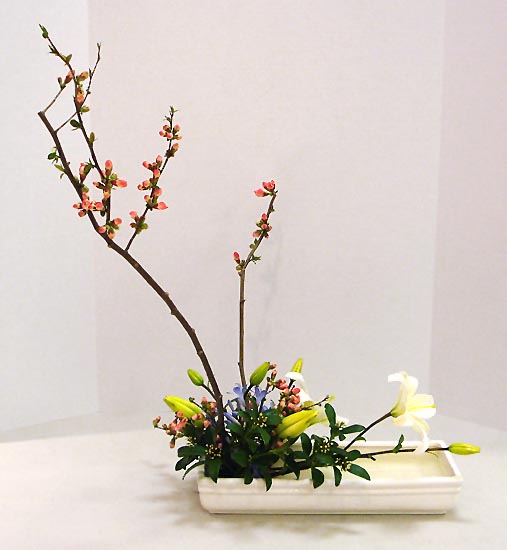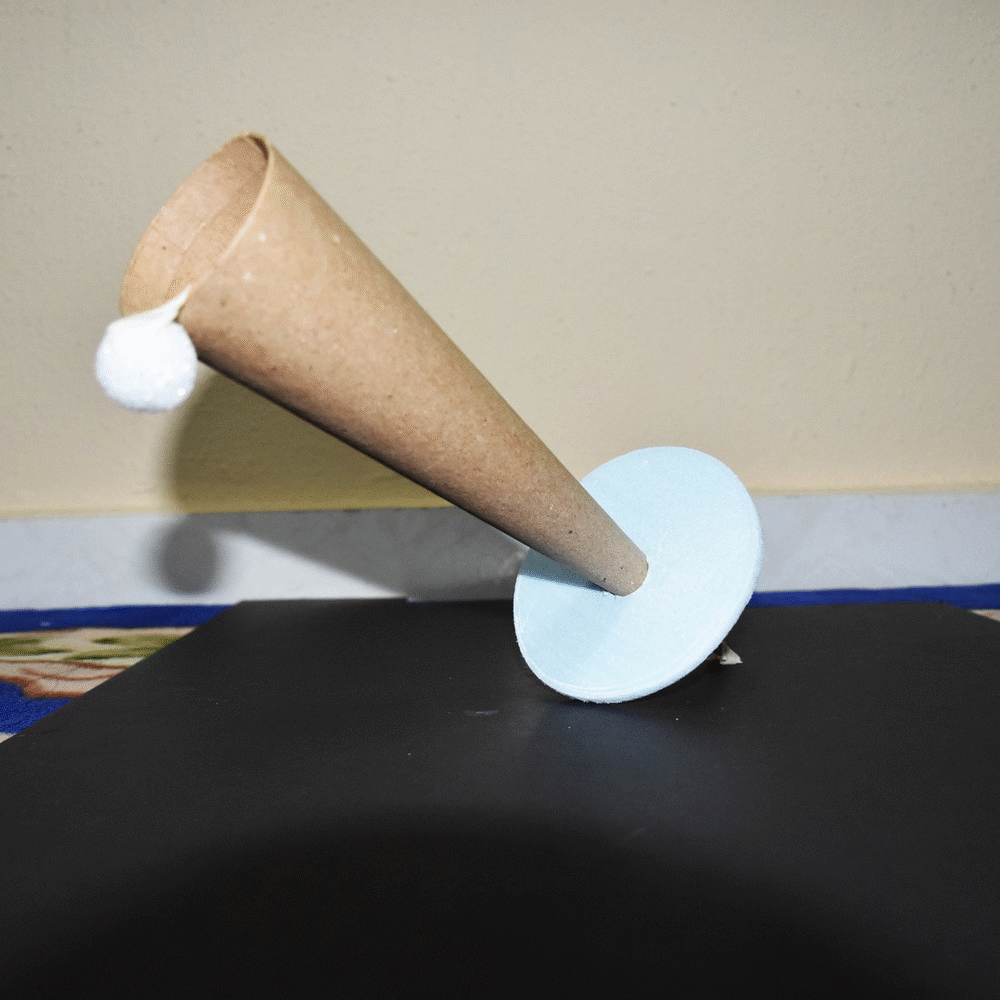To recap, the chosen season is Autumn. Referring to my previous post -on the overall mindmap and research, I tried to implement a moodboard for better understanding of my concept of Autumn.
Instead of the popular concept of Halloween, I tried to research on the foods/ dishes that most popular or the most appropriate to match with the weather during Autumn season.
Ramen (/ˈrɑːmən/) (ラーメン rāmen) is a Japanese dish. It consists of Chinese-style wheat noodles served in a meat or (occasionally) fish-based broth, often flavored with soy sauce or miso, and uses toppings such as dumpling, dried seaweed, meat and green onions.
Indeed, ramen is popular all-year-round regardless of seasons, but is especially perfect for the chill weather in Autumn. There is a popular culinary equation in Japan: Ramen = broth + noodles + toppings. Hence, I tried to include these 3 elements in my composition. The ramen is the noodles that I tried to wind it as a cone shape, whereas the broth would be the miso soup powder based clumped into a ball of sphere. Lastly, the toppings would be dumplings, hence the cyclinder is made up of dumpling skin.
TO SLURP OR NOT TO SLURP- Know that slurping your ramen is a must with the Japanese. Now it’s time to indulge in the incredible chashu softness. “Gochisousama!” (Thanks for the meal)


















Recent Comments